
- Offshore wind power will become an inevitable choice for China to vigorously develop renewable energy
"The journey of the sun and the moon, if it comes out of it; if the stars are brilliant, if it comes out of it." The ancients were amazed at the lasting power of the sea, the power that is not afraid of everything! Could the unpredictable power of the sea be at our disposal?
On June 7, 2022, under the blue sea and blue sky, the white wind turbines stand tall, and the huge paddles turn leisurely, turning the sea breeze of the vast sea into new kinetic energy for social and economic development. This is China's first million kilowatt-class offshore wind power project, the Three Gorges Yangjiang Shapa Offshore Wind Power Project, located in the sea area of Shapa Town, Yangjiang City, Guangdong Province. Up to now, the electricity produced by the project has exceeded 1 billion kWh, which can replace 307,600 tons of standard coal, which is equivalent to the normal electricity consumption of 500,000 families of three for one year.

Wind energy is "free" and a constant source of energy that allows us to reduce our dependence on fossil fuels. In recent years, driven by the global green wave and the "dual carbon" goal, China's offshore wind power "blue engine" is full of power. In 2021, China's offshore wind power installed capacity will leap to the world's largest, forming a complete wind power industry chain and supply chain with leading level and global competitiveness. As Li Chuangjun, director of the New Energy and Renewable Energy Department of the National Energy Administration, said: "China's offshore wind power has achieved a major breakthrough from small to large, from weak to strong, from slow development to leapfrog development."
A more sustainable future is clearly in sight as offshore wind farms proliferate and increase in capacity around the world.
Offshore wind power becomes a must-answer
Humans have used wind energy for thousands of years. Ships propelled by sails appeared more than 3,000 years ago.
Large-scale tower windmills appeared in Europe around the twelfth century. In the sixteenth century, such large-scale windmills were widely used in lowland drainage projects in the Netherlands, which completely changed the landscape of the Netherlands, indicating that humans have initially mastered the use of wind energy.
In the 1970s and 1980s, human beings gradually realized the significance of environmental protection to the future. Some people proposed the idea of using offshore wind power to generate electricity. Comprehensive scientific research and practical application began to be fully launched at the end of the last century. In 1991, the world's first real offshore wind farm, the Vineby Offshore Wind Farm in Denmark, was officially put into operation. So far, offshore wind power has a history of about 30 years.

As one of the most representative renewable energy sources, wind power has ushered in huge development opportunities in the context of net zero emissions. Both the International Energy Agency and the International Renewable Energy Agency say that to achieve net-zero emissions, wind and solar and photovoltaics will provide about 70% of electricity generation by 2050. These technologies will be significantly scaled up in the future to achieve the required deep emissions reductions.
As an important part of wind power, offshore wind power mainly refers to offshore wind power. Compared with onshore wind power, it has the advantages of strong stability, high wind speed, high power generation efficiency, no land occupation, and negligible noise and visual impact. Between now and 2050, offshore wind will be at the heart of global decarbonization, transforming the power system in terms of infrastructure and flexibility, and increasing the production of green fuels such as hydrogen.
Facing an unprecedented environmental crisis, the world has a strong consensus on the transformation of the energy system, and countries attach great importance to the development of the offshore wind power industry. At present, major countries in Europe, Asia, North America and other regions have issued offshore wind power development plans and related policies. Among them, European countries such as the United Kingdom, Germany, France, and the Netherlands have continued their historical favorable policies for wind power, and have all deployed tens of gigawatt-scale installed capacity plans by 2030; the new US government has also increased its strategic attention to the deployment of offshore wind power. In the future, we will focus on five major areas to achieve the goal of accumulative installed capacity of 30 GW by 2030; in Asia, the development of offshore wind power in the past was mainly driven by China, while South Korea, Japan, and Vietnam have also accelerated their deployment in recent years, and by 2030 The total installed capacity is planned to exceed 25 GW. In addition, Brazil, Australia and other countries have recently introduced policies and measures to promote the development of offshore wind power.

Che Jiuwei, a new energy electrical engineer at the China National Offshore Oil Research Institute, said that the attractiveness of offshore floating wind power and far-reaching offshore wind power to oil and gas companies is mainly because their traditional oil and gas floating platform technology and equipment can be converted to offshore wind power to the greatest extent. In the construction of the project, especially the offshore engineering, deepwater development and drilling technology, this makes the deepwater oil and gas industry under the background of future carbon tax and energy transition a feasible transformation path.
With the promotion of policies of various countries, the scale of the offshore wind power industry has developed rapidly. According to the "Global Wind Energy Report 2022" released by the Global Wind Energy Council, in 2021, the global offshore wind power installed capacity will be 21.1 GW, which is the best record in history.
Although offshore wind power currently accounts for less than 0.5% of the world's total installed power capacity, the offshore wind power industry has strong development potential. The world has abundant offshore wind energy resources, and the World Bank data shows that the global available offshore wind power resource potential exceeds 71,000 gigawatts. According to GWEC forecasts, Asia will be the most important offshore wind region in the world, with nearly 40% of installations by 2050, followed by Europe at 32%, North America at 18%, Latin America at 6%, the Pacific at 4%, and Africa and Middle East 2%.
Global offshore wind power multi-point flowering capacity jumps
The wind came from the sea, and the force was at the right time. At present, from a global perspective, the layout of offshore wind power is mainly distributed in Europe, Asia and North America. Among them, China, the United Kingdom, the European Union, South Korea, Vietnam, the United States and other countries and regions have the highest level of offshore wind power technology and industrial development in the world. Due to the differences in offshore wind energy resources and technical foundations, the technical development level, installed capacity and on-grid electricity price of offshore wind power vary from country to country.
In the southern waters of the Yellow Sea, Jiangsu Dafeng Offshore Wind Power Project, which is more than 80 kilometers offshore, continuously sends wind power ashore and integrates it into the grid. This is the offshore wind power project farthest from land in China, and the length of the submarine cable used reaches 86.6 kilometers.

In the past 20 years, China's clean energy has entered the "scenery" era, and offshore wind power has also begun to develop. Lei Mingshan, Secretary of the Party Leadership Group and Chairman of the Three Gorges Corporation, said that onshore hydropower resources are limited, while offshore wind energy is extremely abundant, and offshore wind power is also the highest quality wind power resource. It is understood that China's offshore wind power with a water depth of 5-50 meters and a height of 70 meters is expected to develop 500 million kilowatts of resources.
China has about 3 million square kilometers of claimed jurisdictional sea area, of which the offshore wind energy reserves that can be developed and utilized reach 750 million kilowatts. Relying on the abundant marine wind energy resources, accelerating the construction and development of offshore wind power is of great importance to promoting the adjustment of the energy structure. significance. Entering a new era, China has fully stimulated the development of offshore wind power in the entire sea area, and vigorously expanded the scope and scale of wind power development. Since entering the fast lane of development in 2018, offshore wind power is giving new momentum to the country's energy transformation.
The regional distribution of China's offshore wind energy resources has the characteristics of "high in the south and low in the north". The offshore wind power industry chain is mainly distributed in Guangdong, Jiangsu, Fujian and other regions. According to statistics, from January to September 2021, offshore wind power will be newly connected to the grid by 4.1988 million kilowatts, with a cumulative grid-connected capacity of 13.1868 million kilowatts, and the installed capacity will gradually increase. With technological changes and the steady development of offshore wind power, China's offshore wind power industry chain will further increase its high value-added manufacturing, improve the localization rate, and gradually form a mature industrial system with an annual increase of 4 to 5 million kilowatts.

"In 2021, China will surpass the United Kingdom to become the world's largest offshore wind power installed country. According to the relevant policy estimates issued by the National Energy Administration, China's annual new wind power installed capacity will approach or reach 50 million kilowatts in the future. During the period, the installed capacity of new energy will surpass that of hydropower and become the main body of China's power increment. All in all, the development potential of offshore wind power is very large." Dr. Li Hongtao, deputy director of the Ocean Engineering Technology Center of China Classification Society, gave a prediction.
Various data show that the development of offshore wind power provides power and platform for the development of marine resources, provides support for the development of industrial integration, and greatly expands the economic extension of renewable energy. According to the statistics of the World Bank, the development potential of offshore wind power technology in 115 coastal countries or regions in the world is 71 billion kilowatts, and the annual theoretical power generation capacity is 213 trillion kWh. Only 11% of it needs to be developed to meet the world's electricity demand. "The planning and development of offshore wind power is relatively complete, and its technical maturity and project realization are also at the forefront of green energy technology development," said Li Hongtao.
Wind power is bound to go to the deep sea
At present, the vast majority of offshore wind farms built in the world are offshore wind farms. In the future, offshore wind power is bound to develop to the deep sea. The far-reaching sea area is wider, the wind energy resources are more abundant, the wind speed is more stable, and there is no conflict with the offshore fishing grounds, shipping routes, etc., the development of offshore wind power has unique advantages.
Experts from the Wind Energy Equipment Branch of China Agricultural Machinery Association said that deep-sea wind power usually has a water depth of more than 50 meters. In such sea areas, it is not economical to build wind farms by means of fixed drilling and shoal implantation. Therefore, in order to go to the deep sea with high wind and waves, it is necessary to change the technical path and break through the "combat radius" of traditional offshore wind power.

By the end of June 2021, China's offshore wind power has been connected to the grid at 11.134 million kilowatts, accounting for about 32% of the approved scale. However, offshore offshore wind power is greatly affected by restrictive factors such as waterways and fisheries, and the scale of the project is small. In addition, due to the impact of sea space and restrictive factors, offshore resources are becoming tighter, and the development of offshore wind power towards the deep sea has become an inevitable trend in the future.
Deep sea development is by no means easy and requires further planning and layout. "At present, most of the wind turbines used in the offshore are fixed types, and the wind turbine technology is relatively mature, and in the development of the deep sea, more floating wind turbines are used, which is completely different from the offshore fixed wind turbines. It is a very large In 2021, it will be listed as one of the top ten technical problems in the industry, and the difficulty of the challenge can be imagined.” Li Hongtao added, “Towards the deep sea, technology research and development is the focus, and the future floating wind turbine will be the development of deep sea wind power. The main focus is on technology, and now the global floating offshore wind power technology is not mature, and it still faces problems such as cost, safety, and maturity of the industry chain.”
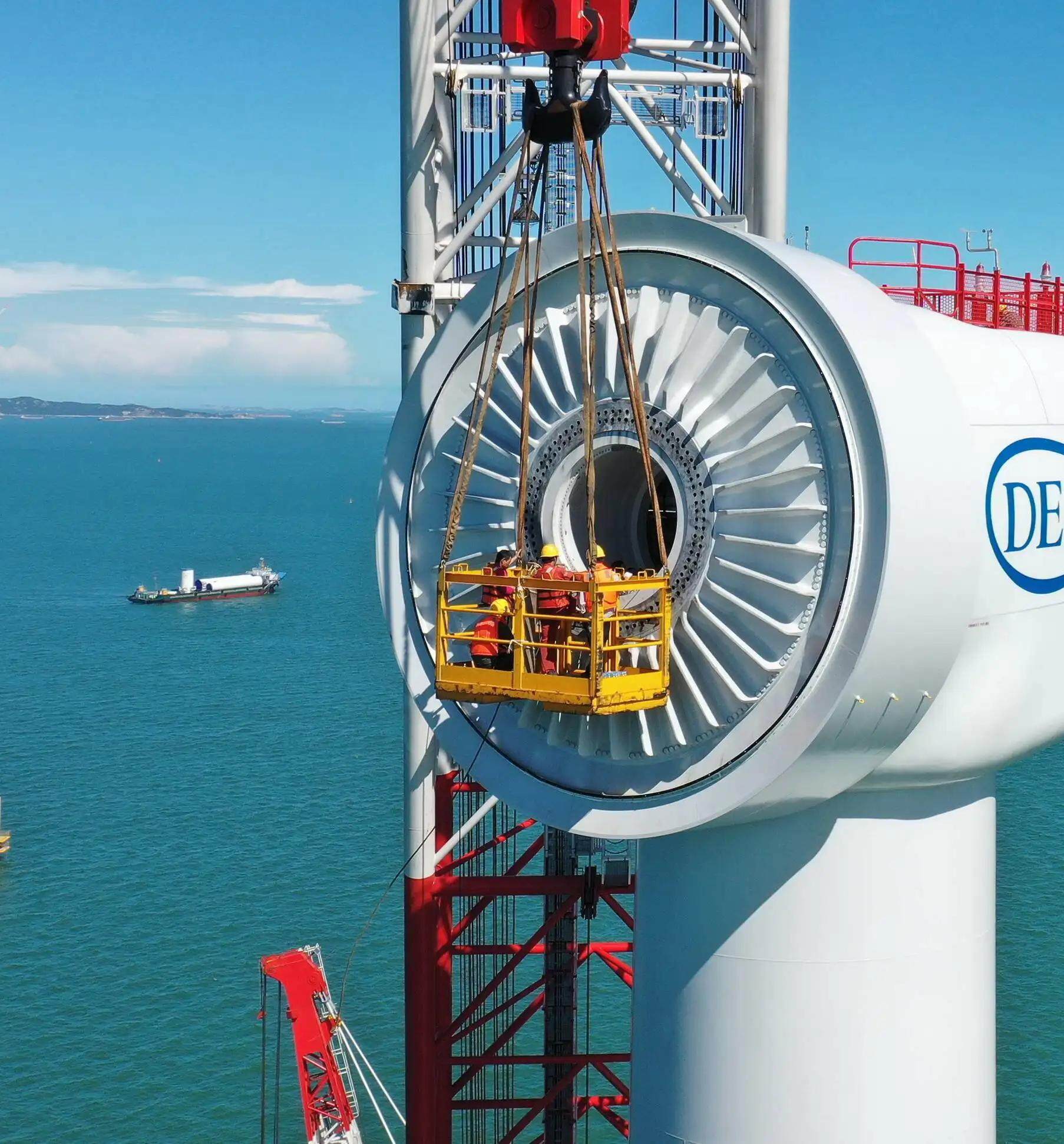
In addition, the development of offshore wind power towards the deep sea also faces problems in operation and maintenance. The installation location is getting farther and farther from the land. How to carry out safe and effective offshore operation and maintenance is a key point for whether it will restrict the development of deep sea. "There are two problems in the daily operation and maintenance, the first is what kind of operation and maintenance equipment should the operation and maintenance team or the operation platform use, and the second is which operation and maintenance method is more effective, and how to ensure the reach of the deep sea. It is possible that these operation and maintenance methods also need to be studied in the next step." Li Hongtao said.
"Offshore wind power + N" is also a new model for deep-sea development. It can comprehensively utilize marine resources and integrate the marine industry. Although it is still under further exploration and development, it has unlimited potential. Li Hongtao said that the integrated development trend of offshore wind power hydrogen production, energy storage or offshore wind power plus marine ranching is also an important direction for offshore wind power to develop into the deep sea.
The International Renewable Energy Agency believes that by 2030, the total installed capacity of global offshore wind power will reach 100 million kilowatts. By then, perhaps the giant windmill will be the children's first impression of the ocean. Editor / Xu Shengpeng
Comment
 Praise
Praise
 Collect
Collect
 Comment
Comment
 Search
Search


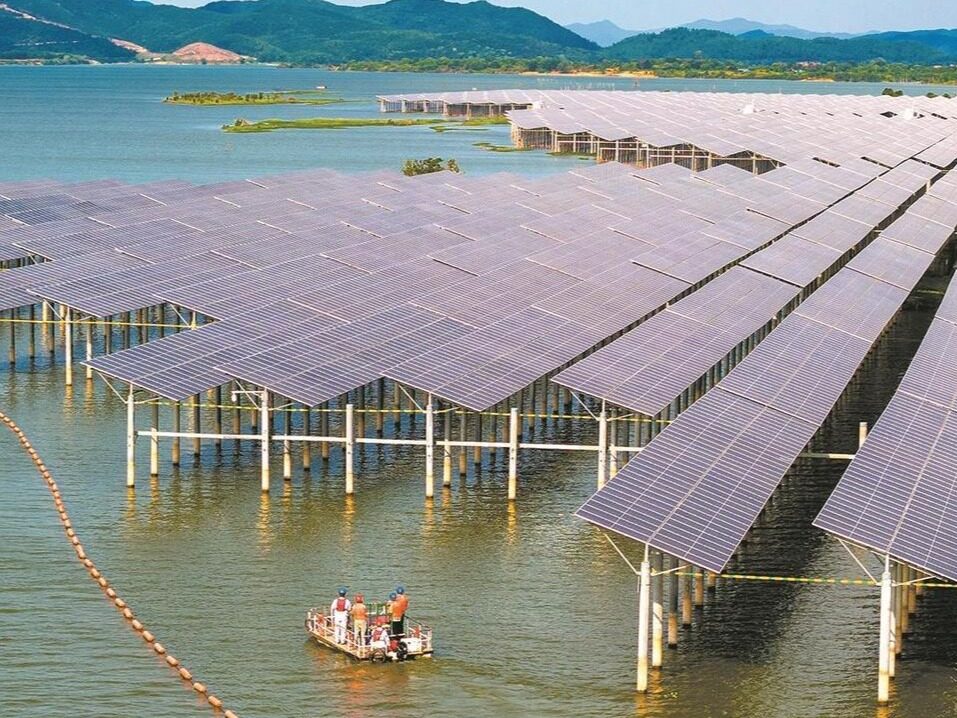
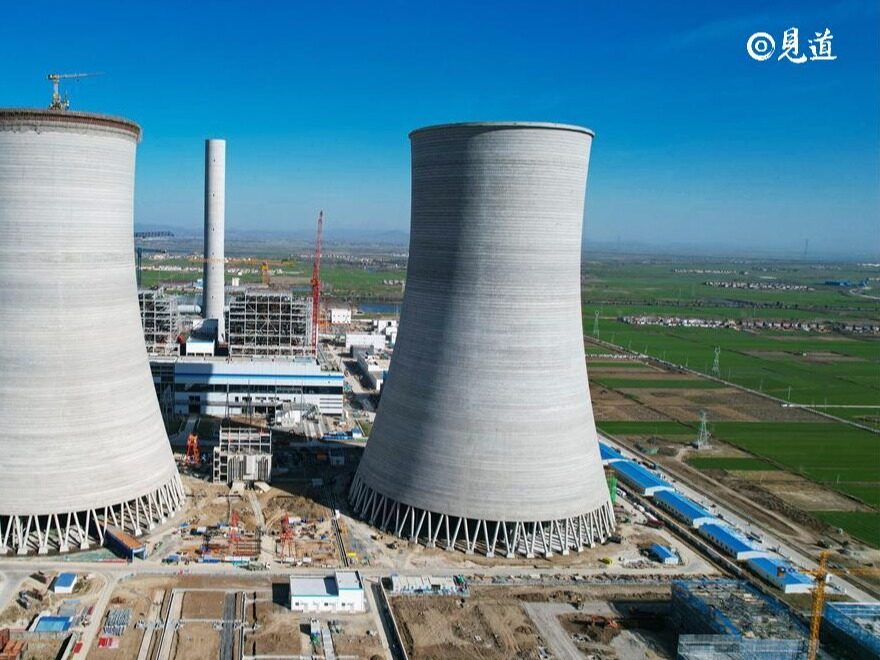
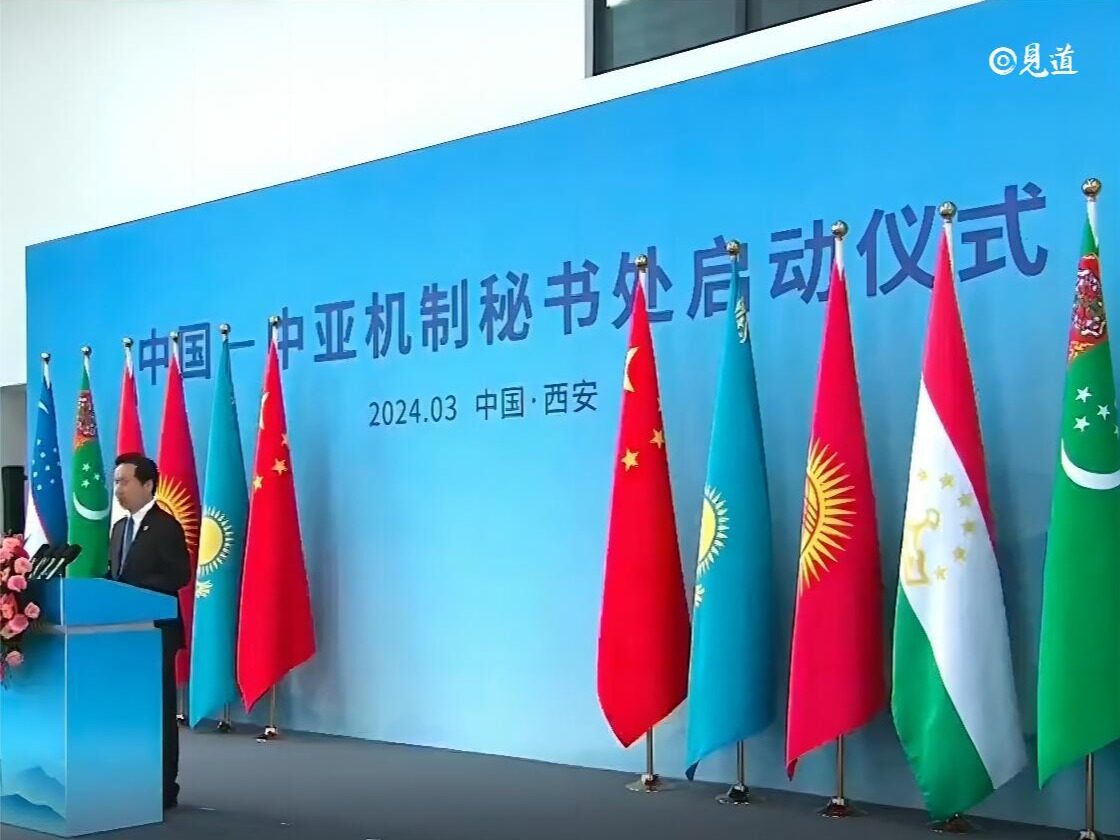
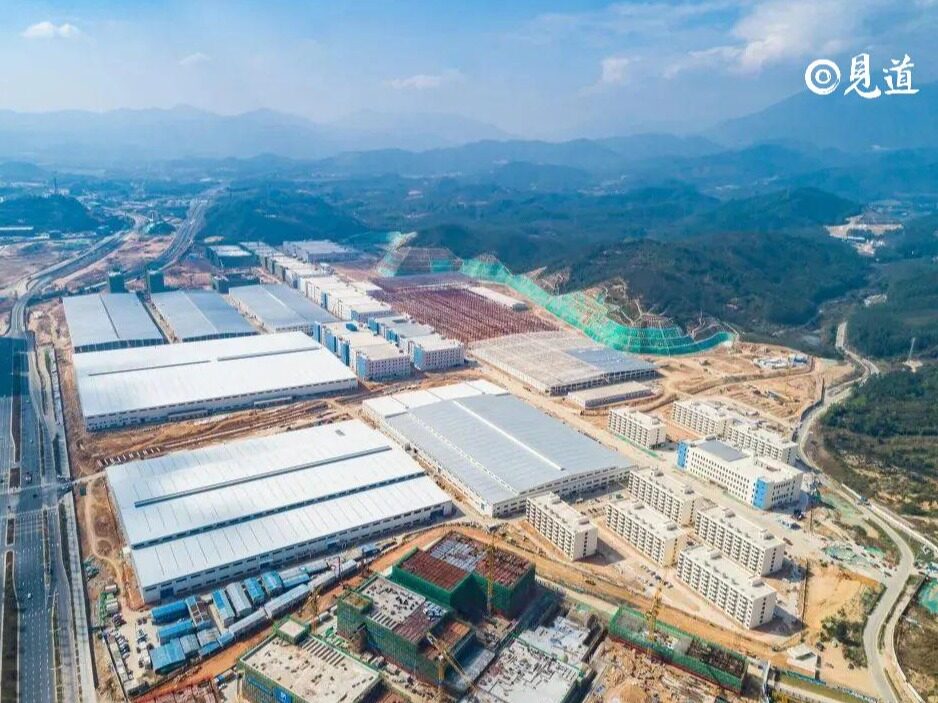








Write something~